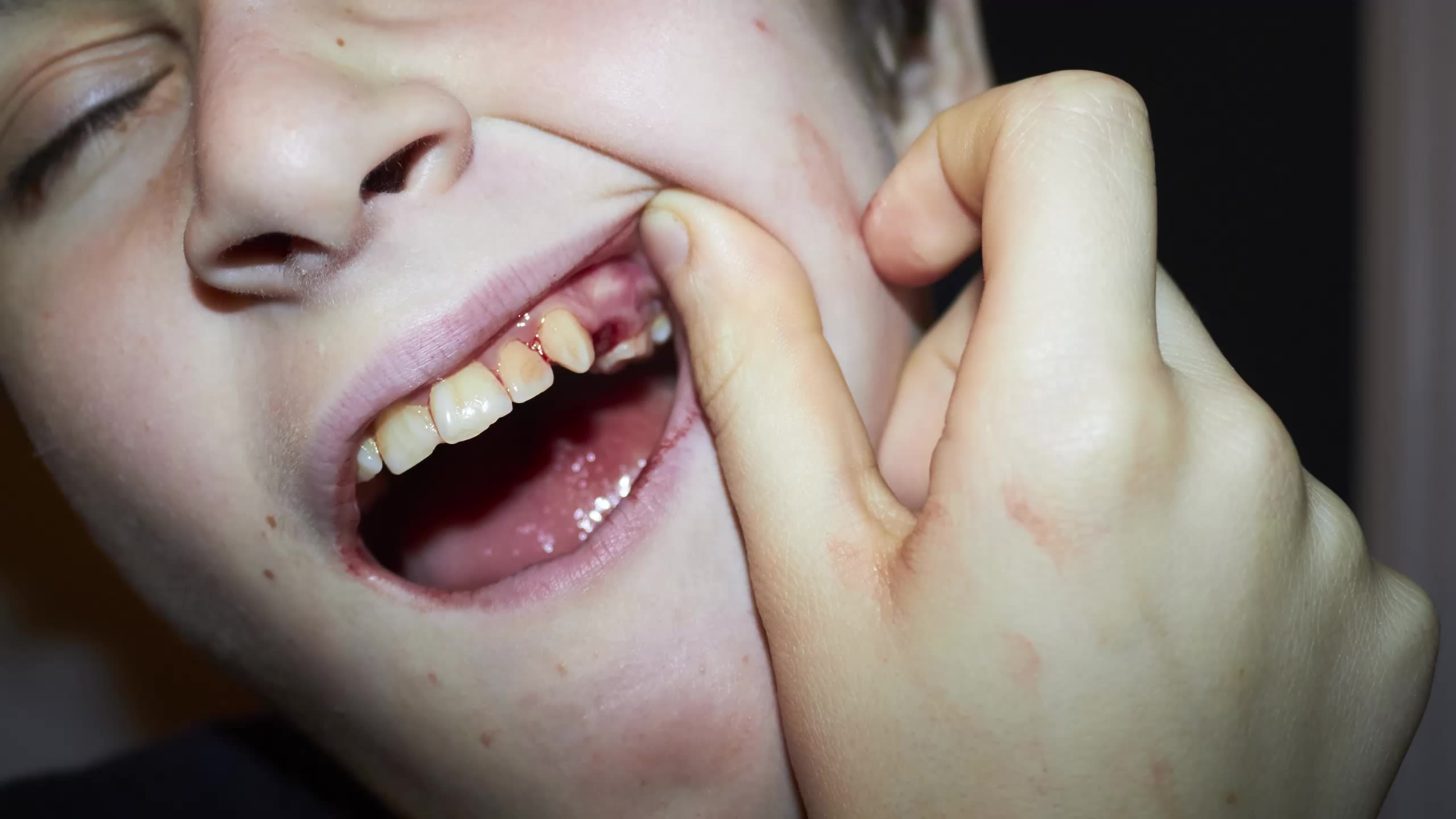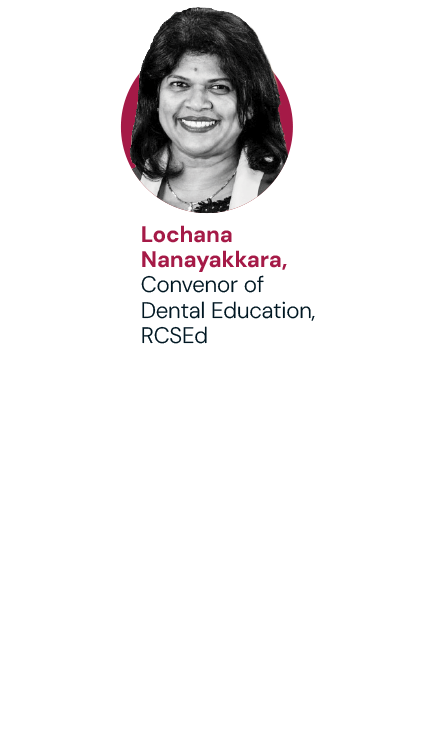Lost in space
A recent online dental symposium focused on the management of missing teeth, writes Lochana Nanayakkara

The Faculty of Dental Surgery was proud to host an online dental symposium in September featuring a series of four presentations from Professor Shakeel Shahdad, Professor Ferranti Wong and Professor Ama Johal from Queen Mary University of London/Barts Health NHS Trust.
The symposium, entitled Lost in Space – Management of Missing Teeth, was held on 19 September and attracted more than 90 delegates from around the world. The delegates were keen to hear from clinicians who have employed a multidisciplinary-team approach
to managing congenitally missing teeth or accidental tooth loss
due to trauma.
Working as a team
The introduction by Professor Shakeel Shahdad, Consultant in Restorative Dentistry, set the scene by describing the Royal London Hospital Protocol for managing people with congenitally missing teeth. He emphasised that the key to achieving optimal outcomes involved a collaborative approach between consultants in paediatric dentistry, orthodontics and restorative dentistry from the outset. They would agree a long-term management plan for the patient, beginning in childhood and stretching all the way to the planned final outcomes as an adult. These regular multidisciplinary review meetings, which involve clinicians from all three specialties seeing the patient, would include joint decisions to open or close spaces, plans for idealising the orthodontic treatment, pre-debond reviews to finalise exact tooth positions, plans for retention and the final restorations. Professor Shahdad emphasised the importance of using a team approach to ensure the patient journey between specialties was as seamless as possible, culminating in predictable aesthetic solutions for tooth replacement.
Professor Wong, Consultant in Paediatric Dentistry, continued the theme of a multi-disciplinary approach by describing how the team decides on whether to open or close spaces at an early age. He described the importance of supporting children to have acceptable transitional or temporary solutions to missing teeth to limit social difficulties, which can have a negative impact on a child’s well-being. This was illustrated with cases showing temporary build ups of diminutive teeth or infra occluded teeth as well as temporary tooth replacement using fibreglass strips to anchor temporary pontics to adjacent teeth. Professor Wong further described the importance of involving the parents at each stage while focusing on what the child wants.
We also learned about the challenges of planning complex cases with underlying malocclusions, the negotiations about space management and considering what orthodontic strategies would be needed in preparation for the definitive tooth replacement.
Complexity and discrepancy
Following on from the paediatric perspective, we heard from Professor Johal, Consultant in Orthodontics, about how important early discussions about space management are to ensure that patients have the full benefit of a comprehensive orthodontic management plan at the appropriate age. He discussed the challenges of moving teeth through underdeveloped alveolar ridges, which is not uncommon in people with congenitally missing teeth. Professor Johal emphasised the importance of a collaborative approach, especially at the pre-debond stage, to confirm that the necessary spaces for optimal aesthetic tooth replacement had been achieved to avoid disappointment for patients and protracted treatment times.
We were presented with multiple cases to demonstrate the range of complexity encountered and how they were managed in relation to the skeletal pattern, soft-tissue pattern, malocclusion and spacing if there were discrepancies in the tooth size and arch length. Cases using temporary anchoring devices and micro-implants for anchorage were also presented.
Restorative input and replacement options
Professor Shahdad returned for the final presentation, discussing the restorative input that can be advantageous during the early stages of treatment, such as undertaking mock build ups of teeth or producing 3D-printed models of diagnostic wax ups to demonstrate what can be achieved, helping inform the patient of what the final outcomes may look like. He also talked about early intervention in building up diminutive teeth to create the correct aesthetic proportions, helping the orthodontist to align the arch and close the spaces more accurately. Professor Shahdad discussed the importance of using temporary removable orthodontic retainers to develop the correct emergence profile for an ovate pontic to avoid a bulky ridge lap design.
His presentation also included multiple cases illustrating various tooth-replacement options, including resin-bonded bridges made from conventional semi-precious metal alloys as well as from zirconia, and dental implants.
The symposium concluded with an interactive question-and-answer session, which included a guest appearance by the Dental Dean, Professor Grant McIntyre, as an added bonus to round off a very successful event.
The full symposium is available on our website to all Faculty Members for a small fee and will be of interest to general dental practitioners as well as specialists.
We hope to make this an annual online event so if you would like to suggest topics for future symposiums, we would be very happy to hear from you. Please contact us at dental@rcsed.ac.uk.
Read more



